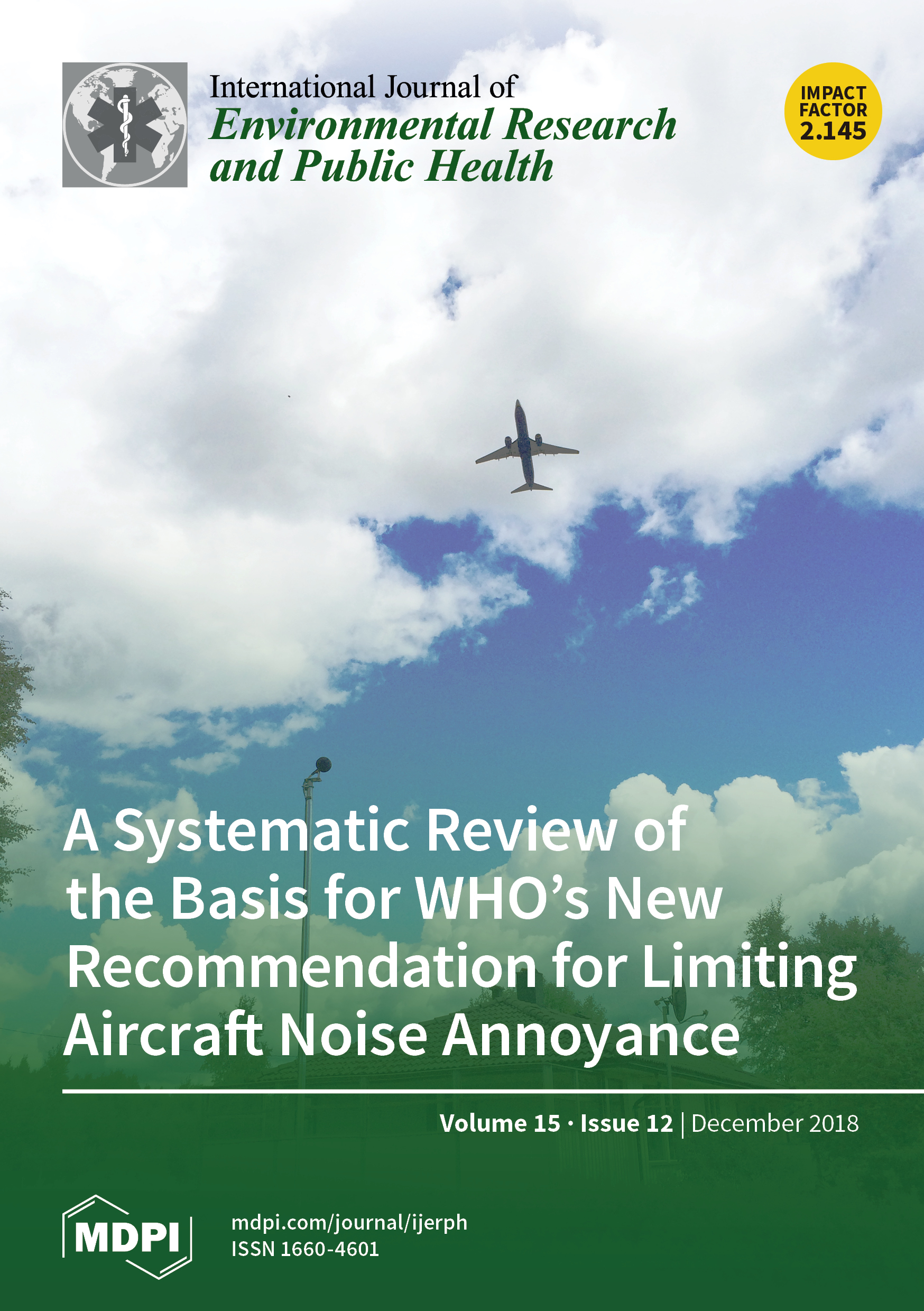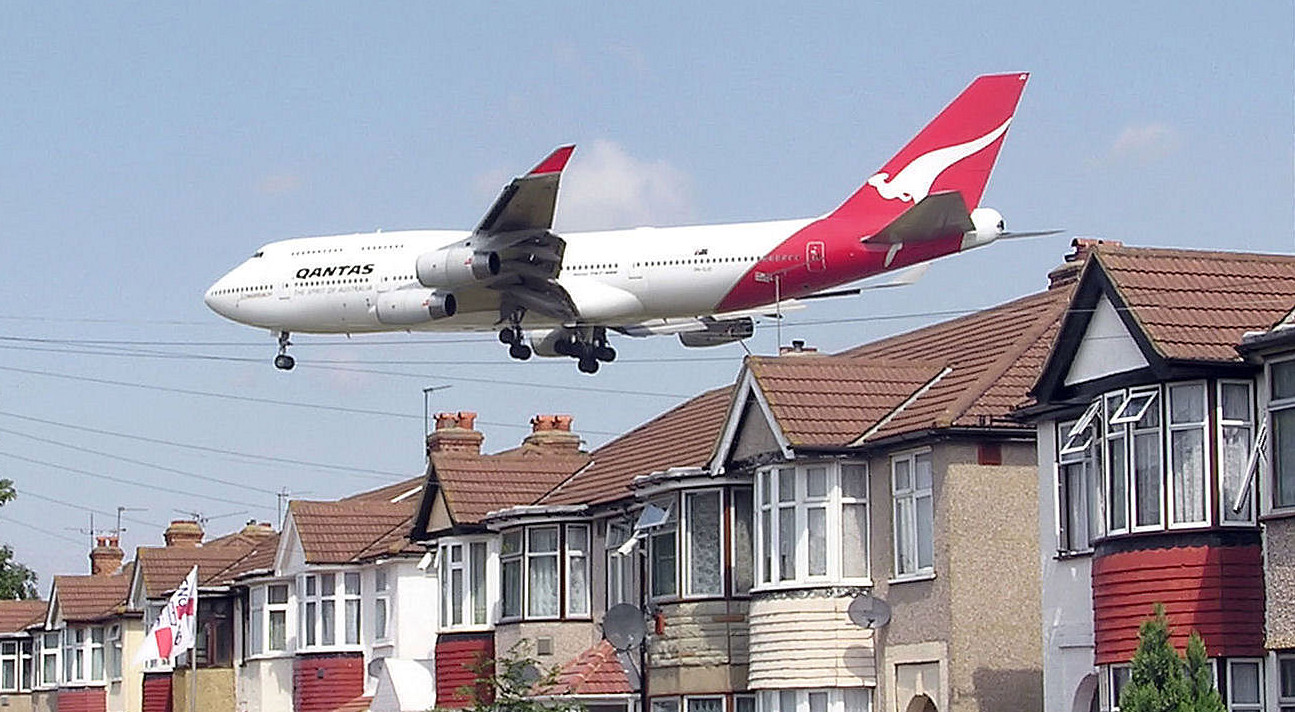The World Health Organization (WHO) has updated their recommendation on exposure to aircraft noise, but the datasets used are being questioned by our senior researcher Truls Gjestland.
aircraft noise
Tolerance for aircraft noise remains unchanged
The annoyance response of different communities to aircraft noise has always been difficult to predict. However, in recent years, many studies report extremely high levels of annoyance for the given noise exposure levels. This has led to the belief that people are nowadays less tolerant to aircraft noise than they were a few decades ago.
We’ve looked at the results of 57 aircraft noise surveys conducted between 1961 and 2015, and found that people’s tolerance to aircraft noise hasn’t changed at all.
Predicting aircraft noise annoyance
Noise is, by its very definition, annoying. Intuitively, lots of noise is more annoying than noise that is barely audible. Therefore, the concept of “tolerance” is important: Given the noise situation, can we predict people’s annoyance with this noise?
To answer this question, we first need ways to quantify both annoyance and noise. Annoyance is an emotion, but that does not mean it is not measurable. Researchers have developed very specific questions and answer scales that allow for international comparison of people’s annoyance with specific types of noise.
Project: Aircraft noise annoyance in Norway
Aircraft noise unquestionably causes annoyance, but reactions to a given noise exposure vary wildly. The Norwegian Defence Estates Agency and SINTEF ICT Acoustics have teamed up to strengthen the connection between the aircraft noise situation and the annoyance response of airport neighbours.
For this purpose, we have assessed annoyance due to aircraft noise in Norway, by conducting noise annoyance surveys near five Norwegian airports. Respondents were asked about their annoyance from aircraft noise directly, but they also got questions that were more specific, like:
- When during the day are you most annoyed by aircraft noise?
- What kind of flight activities do you consider specifically annoying?
The aim of the research project is to use the obtained data to explain why respondents in different communities respond differently to the same noise dose.



